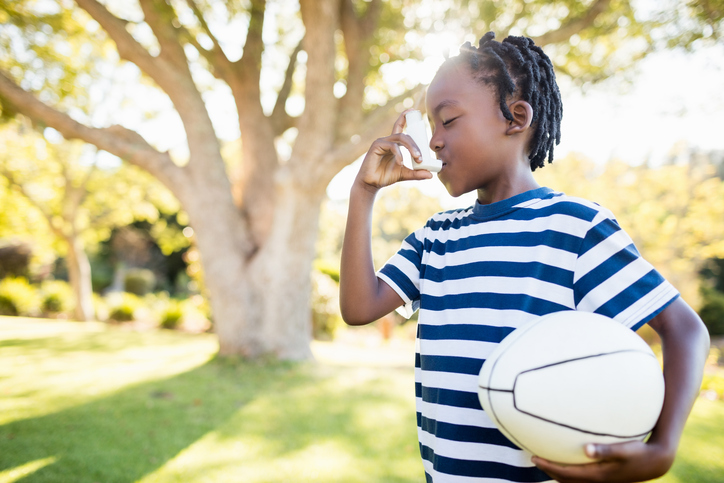Back-to-school season is here, and parents likely picked up the backpacks, pencils and notebooks on their child’s supply list, but one thing not on the back-to-school list: an inhaler.
Even for those not currently suffering from asthma, sports asthma (or exercise-induced asthma) may still be an issue. Sports asthma is the result of the narrowing of the airways brought on by rigorous physical activity.
Symptoms typically occur while partaking in intense physical activity but some do not emerge until after or towards the end of a workout. Symptoms can last for several minutes or even hours after the exercise period is over.
Parents will want to look out for any:
- Coughing
- Wheezing
- Fatigue
- Poor physical performance
- Tightness in the chest
- Shortness of breath
A doctor can provide a definite diagnosis via a review of your medical history and a breathing or exercise challenge test. Poor physical health may easily be mistaken for sports-induced asthma. A doctor can easily differentiate between the two and provide a proper diagnosis. Those suffering from sports asthma may be prescribed an inhaler or an anti-inflammatory medication. As a preventative measure, these are often taken 15 to 30 minutes before beginning any physical activity.
To relieve, prevent or manage symptoms at home, consider the following:
- When partaking in an intense workout, focus on breathing through your nose to warm and moisturize the airways and prevent irritation.
- Include a proper warm-up and cool-down before and after completing any exercise routine, game or practice.
- Avoid exercising in extremely cold or dry environments and on days when pollen and air pollution levels are elevated. If this cannot be avoided, wear a mask or scarf throughout the workout.
- If you are the parent of a child suffering from sports asthma, provide teachers and coaches with a preparedness plan to ensure all appropriate steps are taken in any situations that may arise.
A sports asthma diagnosis is not a season-ending injury and with the proper precautions, workouts and exercise regimens may return to normal.

